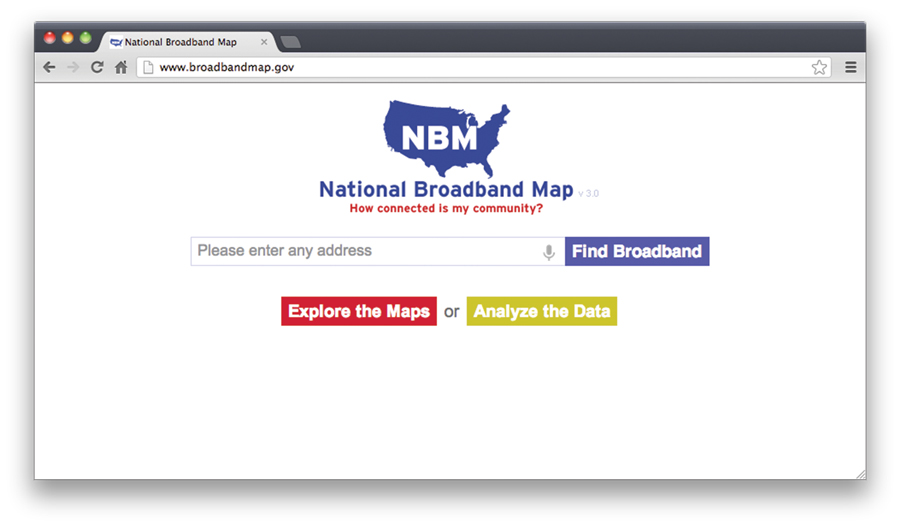Cooperative businesses have traditionally been formed by necessity. Private enterprise was not eager to enter marginal ventures and/or remote locations, so groups formed to supply needed goods and services. Rooted in cultural ties of history and location, and focused on the common goals of similar patrons, cooperative efforts have often been the backbone of support for many regions and purposes.
Co-ops have struggled to compete at times. Privately held businesses, with the aid of greater capital and more aggressive management, have responded with fierce opposition in the marketplace. Sometimes the very principles upon which co-ops were formed hamper them in the battle to attract and keep customer loyalty.
Co-ops have countered in various ways. The Farm Credit System has been successful by exploiting special regulatory status as a government-sponsored enterprise (GSE) allowing cheaper access to capital than banks. Other co-ops have broadened their business plans to enter more markets.
Until recently, fairly stable market shares were status quo. That may change in favor of co-ops given new global market forces at work. In fact, in many sectors, but especially agriculture, I see the future as ripe for the expansion of co-ops at the expense of publicly held companies.
Primarily this is because what was once seen as the co-op’s Achilles heel is now a powerful advantage: less entanglement with Wall Street. This also applies to closely held companies, such as Cargill or Ferrero Roche, for the same reasons.
Too many public companies have been forced to concentrate on quarterly reports to meet shareholder expectations. As volatility increases along with money flows, few boards or CEO’s have the incentive to think even medium term. “Outside” money demands “outside” goals, which too often center on “What have you done for my portfolio this week?”
Well run co-ops are able to withstand market pressure to effect strategies that may return huge dividends long term, not to mention stability. There are conspicuous success stories.
Consider how two similar insurance companies, State Farm (a mutual insurance company owned by and run for the benefit of its members) and Allstate (public stock company) have handled “Flo.” Flo is the omnipresent spokesperson for Progressive, which along with Geico and other Internet sellers have shaken the sleepy world of auto insurance.
Allstate has struggled, cutting costs and agents in an effort to pump up their stock price, while State Farm has been able to transition to meet the new competition with much less turmoil among agents and customers. In difficult times, longstanding relationships with patrons can provide an atmosphere of patience virtually unknown in the increasingly abstract world of hot money and algorithmic trading.
University of Massachusetts economist Nancy Folbre believes co-ops have a head start because of their mastery of teamwork, a powerful tool in a business world now too complex for a lone gifted leader to make all the difference. The model should be Google, not Galt, in other words. As public companies struggle to get owners and employees on the same page, co-ops build on a history of, well, cooperation.
Another good example is DLG, the Danish ag cooperative. By making long-term commitments when others were maximizing short-term profits, they have grown in a few years from a small domestic co-op to one of Europe’s largest ag firms.

www.johnphipps.com.
Furthermore, co-ops are positioned to provide something in desperately short supply in agribusiness—trust. By adherence to member-centered principles, co-ops stand out as demonstrably trust worthier in an increasingly indifferent, if not hostile, marketplace.
Unfortunately, too many member-owned ventures do not understand these market opportunities. This is why co-op consolidation and failure will be every bit as furious as in public companies. Cooperation can leverage competence, but not replace it.
The co-op structure may be about to outgrow its historic role of a self-help organization for underserved sectors. By acknowledging common goals and a shared future, they have positioned their businesses and patrons to avoid many modern business headaches. And by keeping ownership “in the family” they avoid the whiplash from the whims of skittish investors. In the process, a step is taken to rebuild the foundations of efficient business practice by offering a stark alternative to examples like Enron or MF Global.









